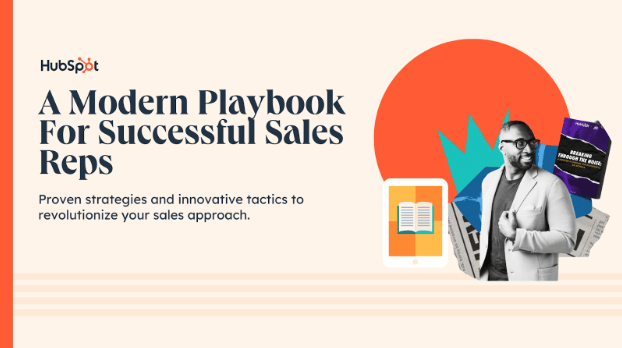Smart home devices in the early 2000s were a patchwork with dozens of device types from hundreds of brands that often couldn’t talk to each other. New startups couldn’t crack connected gadgets and big players were willing to lose billions to gain market share. Rather than go head-to-head for low-margin wins, Alarm.com pursued a quieter path as the infrastructure behind millions of smart homes.
What do you most want to see from us?
📊 Snackable Stat: 9.3 million
households use Alarm.com’s platform globally as of 2023. By integrating security systems, thermostats, cameras, and more into one cloud service, Alarm.com scaled up a subscriber base in the millions, all paying recurring fees for a seamlessly connected home.
Here’s what you’ll learn:
How Alarm.com tackled the smart home fragmentation problem by unifying security, energy, and automation devices on one platform.
Why shifting focus from one-off gadget sales to recurring subscription revenue built a more profitable and resilient business model.
How partnering with thousands of installers and brands (instead of fighting tech giants) helped Alarm.com quietly dominate B2B smart home solutions.

Fragmentation, Commoditization, and the Big Tech Threat
In the 2000s, building a smart home meant juggling separate apps and incompatible hubs. The market was fragmented. Dozens of brands offered connected products, but few worked together. Most homeowners couldn't achieve whole-home automation without hiring a professional to install and integrate everything.
Hardware economics told a different story. Arlo cameras generated only 25% gross margins in 2017, while premium Sonos speakers achieved 46%. The gap was significant. Selling hardware alone could not sustain a business model for startups with limited resources.
Then the largest tech companies entered the market. Google, Amazon, and Apple launched smart speakers, thermostats, and cameras, often selling them at or below cost to build customer bases. Amazon was particularly aggressive. Its devices division lost $25 billion from 2017 to 2021 and was on pace to lose $10 billion in 2022 alone. Smaller competitors could not match this spending strategy. For any startup trying to compete directly in consumer hardware, the path forward was blocked. Alarm.com recognized an alternative. The market needed a unifying platform, not another device maker burning cash to gain market share.
Your Competitors Aren’t Working Harder. They’re Working Smarter.

AI has quietly become the ultimate business multiplier, but most entrepreneurs waste money on AI tools they never actually use. Those who've cracked the code are generating passive income while others manually grind. The Passive Profits playbook reveals their exact strategies for high-converting content, professional design, and automated marketing, even if you've never touched an AI tool.
No jargon. No complicated setups.
Just proven methods with screenshots and plug & play templates you can implement today.

Building Partnerships While Competitors Burned Cash
Alarm.com chose a different path. Rather than build devices, it created a cloud platform that unified security, energy, and automation into one system. Service providers could install it. Homeowners could control alarms, locks, lights, thermostats, and cameras through a single app. Alarm.com made itself indispensable to both sides.
The partnership model was key to scaling. Instead of selling direct to consumers, Alarm.com worked through thousands of local installers and service providers. By 2024, it had over 11,000 partners worldwide delivering its platform under their own brands. This approach meant Alarm.com avoided the massive consumer marketing costs that were bankrupting competitors. It also allowed integration with third-party devices like Amazon Echo and Google Home, rather than fighting those ecosystems.
Recurring revenue transformed the business model. Alarm.com charged monthly fees bundled into security subscriptions rather than selling hardware once and moving on. Two-thirds of revenue came from these subscription fees, creating predictable, high-margin income. SaaS gross margins exceeded 84 percent. This profitability allowed the company to invest heavily in R&D, which reached approximately $240 million in 2023.
The company stayed platform-agnostic, supporting open standards like Z-Wave and Zigbee. Strategic acquisitions accelerated growth. EnergyHub added energy management capabilities. Video analytics and integration platforms expanded the offering further. Each piece reinforced the same mission: be the invisible infrastructure that made connected homes work, not the visible brand customers remembered.

Becoming the Quiet Backbone of Smart Homes
Alarm.com's strategy worked. By empowering installers and service providers rather than fighting consumers for direct sales, the company scaled rapidly. Alarm.com became the standard platform for connected home security. The market recognized it as "the leading platform for the intelligently connected property," serving both residential and commercial IoT applications.
The financial results demonstrate this shift. In 2014, Alarm.com had 2.3 million subscribers and $167 million in revenue. By 2023, it served over 9 million subscribers worldwide and generated $881.7 million in revenue. In 2024, revenues reached approximately $940 million. Growth has accelerated beyond consumer expectations, positioning the company to surpass $1 billion in annual revenue by 2025.
This expansion was built on infrastructure, not marketing. Thousands of independent security dealers, insurance companies, international telecoms, and even tech giants have deployed Alarm.com's platform under their own brands. Most homeowners with professional security systems never see the Alarm.com name. They do not realize the platform controlling their alarms, cameras, locks, and thermostats belongs to Alarm.com. The company has become what Intel was to computers: the essential layer no one sees but everyone depends on.
Alarm.com's platform now spans security, video surveillance, energy management, and AI-driven analytics. The company's CEO stated the mission simply: get a cloud-connected sensor into every property worldwide. Security is non-negotiable in any economy. While Amazon, Google, and others compete for consumer attention through retail channels, Alarm.com generates steady profits from recurring monthly fees. By unifying fragmented markets and aligning success with partner networks, Alarm.com proved a sustainable path to dominance: not by competing directly against giants, but by becoming the infrastructure they all depend on.
Here are the takeaways you can apply:
Recognize when the obvious path is unwinnable, then build elsewhere. Alarm.com saw that head-to-head competition with deeper-pocketed rivals was a losing proposition. Instead of fighting for the same customers, it identified a different market the giants were ignoring and dominated there. The lesson applies across industries: sometimes the smartest strategy is not competing harder, but competing in a different arena where your advantages matter.
Distribution and positioning can be more important than product superiority. In some cases, accessibility is the best ability. No matter how good your product is, if your customers cannot easily access it or integrate it into their existing operations, you will lose to inferior competitors with better distribution.
Be the infrastructure, not the brand. Owning the invisible layer, the one everyone builds on, often delivers more durable growth than chasing consumer attention
Platforms win where markets fragment: When customers face too many incompatible options, the player that unifies the chaos, rather than adding another product, can capture long-term value.
Create structural switching costs, not just customer loyalty. Recurring revenue combined with deep integration into customers' operations can make your product or service expensive to replace. Customers will stick around not because they love the brand, but because switching has real costs. Build products that become essential to your customers' daily operations, not just products they prefer.

In Partnership With
🚀 Crush Your Sales Quota with AI-Powered Strategies
The modern sales playbook that combines proven frameworks with cutting-edge AI to help you exceed targets consistently.
AI-driven techniques to 2X your response rates. Master the 10-30-10 video framework that converts. Discover proven questions that uncover true customer pain points and Battle-tested tactics to outmaneuver competitors.
What makes this different? We've merged time-tested sales frameworks with AI technology to create a system that actually works in today's market.

🍫 Power Numbers
$939.8M - Total revenue in 2024.
$196.3M - Free Cash Flow for Full Year 2024.
$170.0M - SaaS & licence revenue in Q2 2025.
$36.1M - Free Cash Flow for 1H 2025.

🍭 More Sweet Reads
Leaked documents and interviews indicate that Amazon is actively planning to replace over 600,000 human workers with robots, aiming to automate 75% of its entire operations. This move is driven by cost savings and efficiency, with certain warehouses already serving as models for this robot-centric future. Experts warn this could have sweeping consequences for the American labor market, as Amazon sets a precedent for large-scale job automation.
OpenAI’s latest app pretends to be a social playground, but it’s really a tool for harvesting the world’s most authentic feedback on what “real” looks like. As consent blurs into a checkbox and deepfakes proliferate, are we giving up our digital selves for an operating system that will run the real world, all in the name of play?
The best Revenue Creators aren't browsing generic job boards, they're looking in specialized places where opportunities match their expertise. RevOps Pipeline connects you directly with qualified candidates actively seeking roles where they flex their expertise. Scale with confidence and fill critical roles with candidates who get it.
Here’s an unpopular opinion from speaking with 100+ independent sponsors and holdco builders. While many think they have a dealflow problem. They actually have a clarity problem. It's not that they’re seeing too few deals, they’re evaluating too many wrong ones. Seeing more deals won't help if you still don't know what you're actually looking for. Here’s how you can get that strategic clarity.

Partner with us to reach 40,000+ technologists, decision makers, and business-savvy readers.

